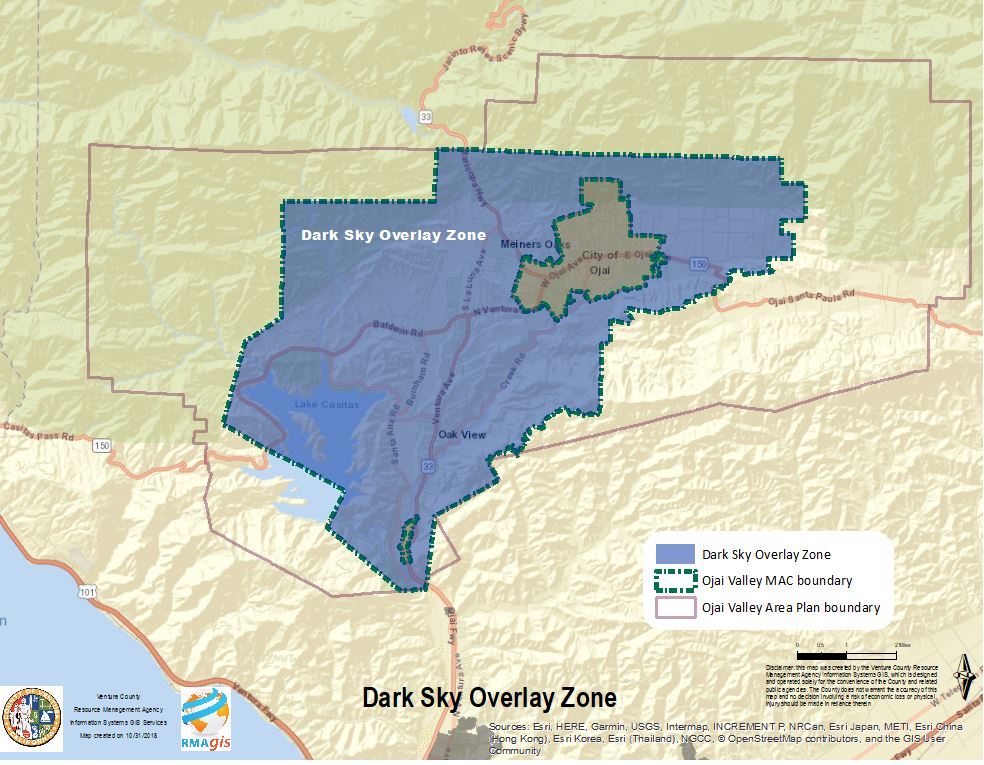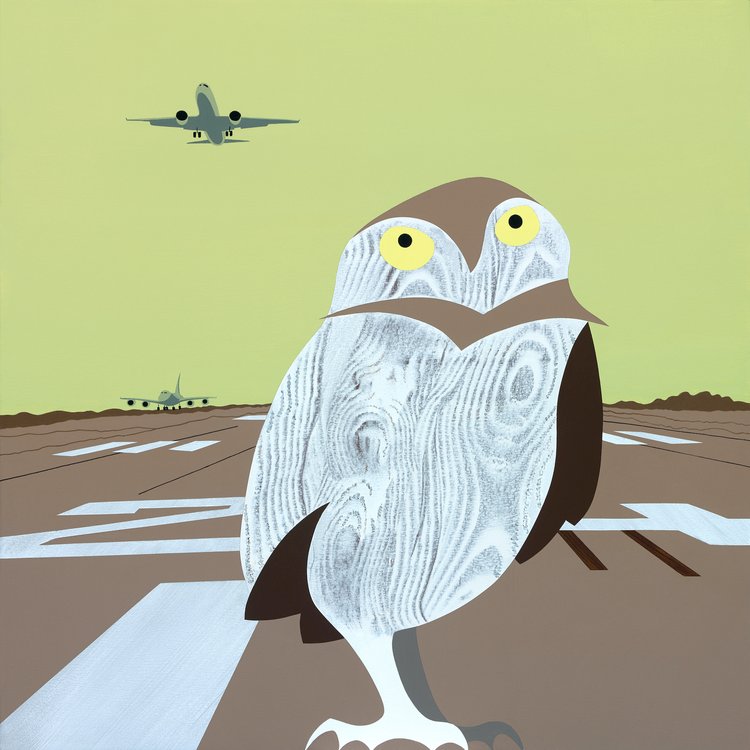Wildlife and the Night Sky
By Jim Hines
Greetings Friends:
The sun goes down and new outdoor adventures begin. There is a whole different world to explore when darkness covers our natural world. Coyotes howl, frogs croak, crickets chirp, owls hoot and bats go into flight. It is all about nature at night.
Hit the trail at night and study the stars, watch the moon rise, see what creatures are on the move, raccoons, possums, skunks, all nocturnal creatures whose world starts as the sun sets. Deer browse during the nighttime hours. And the ghost cats, mountain lions roam at night. Life is on the move in the darkness.
Creeks and rivers still flow in the dark and a world of wildlife drinks from those flowing waters, settle into a quiet place out of sight and observe what comes to drink, you will be amazed.
Visit the seahorse at night and sit quietly and allow the sounds of the waves to fill your soul with positive vibes, see crabs moving across the sand and watch grunion come ashore.
Sometimes you will not see the creatures of the night, but you will hear them. Learn to identify their sounds and calls. Nothing like an owl hooting from the trees or a bobcat growling as she moves through the underbrush seeking prey. Small creatures are plentiful at night, field mice, weasels, moles, rabbits and plenty of foxes.
The richness of our natural world after dark is filled with the flight of bats. Amazing creatures who dart around like ballerinas in the darkness of the night sky.
A full moon walk will allow us to see a world which teems with life and is truly amazing. The stillness of the night allows us to hear sounds of our natural world which we do not hear during the daylight.
Count the stars, get a star chart to see what stars and planets are dominant at this time of year.
Do not fear the night for darkness brings life to our natural world, explore the charm of seeing things differently, experience new creatures and learn from the darkness as she settles over our land.
~ For the wild, Jim
Ojai has Dark Sky ordinance
Editor’s note: A recent New York Times feature was entitled: “Unhealthy Glow: A Case Against Illumination.” It noted a Dept. of Energy study concluded 99% of our lighting “has no clear purpose” while the International Dark Sky Association (IDA) asserts, “light pollution is absolutely growing.” There’s a term for it: “light trespass” in which light from a neighbor’s house or business “spills onto one’s property that creates a disturbance.” And most of the urban world can’t even see the Milky Way.
As for Jim’s article above, the Times piece notes “entire ecosystems suffer, too, (from light pollution) including bird migration patterns, turtle nesting, even the rest cycle of trees.” It asserts that “more than half of species are nocturnal.”
Did you know that since 2014 the Ojai Valley has the county’s only Dark Sky Overlay zone within the Ojai Valley Municipal Advisory Council jurisdiction (see map). Thank the Green Coalition for that. By the way, Jim grew up in the Ojai Valley which explains his knowledge of nocturnal wonders. For those who want to learn more about the dark skies movement, go to: www.darksky.org

New Exhibit in October: Wildlife on the Edge
